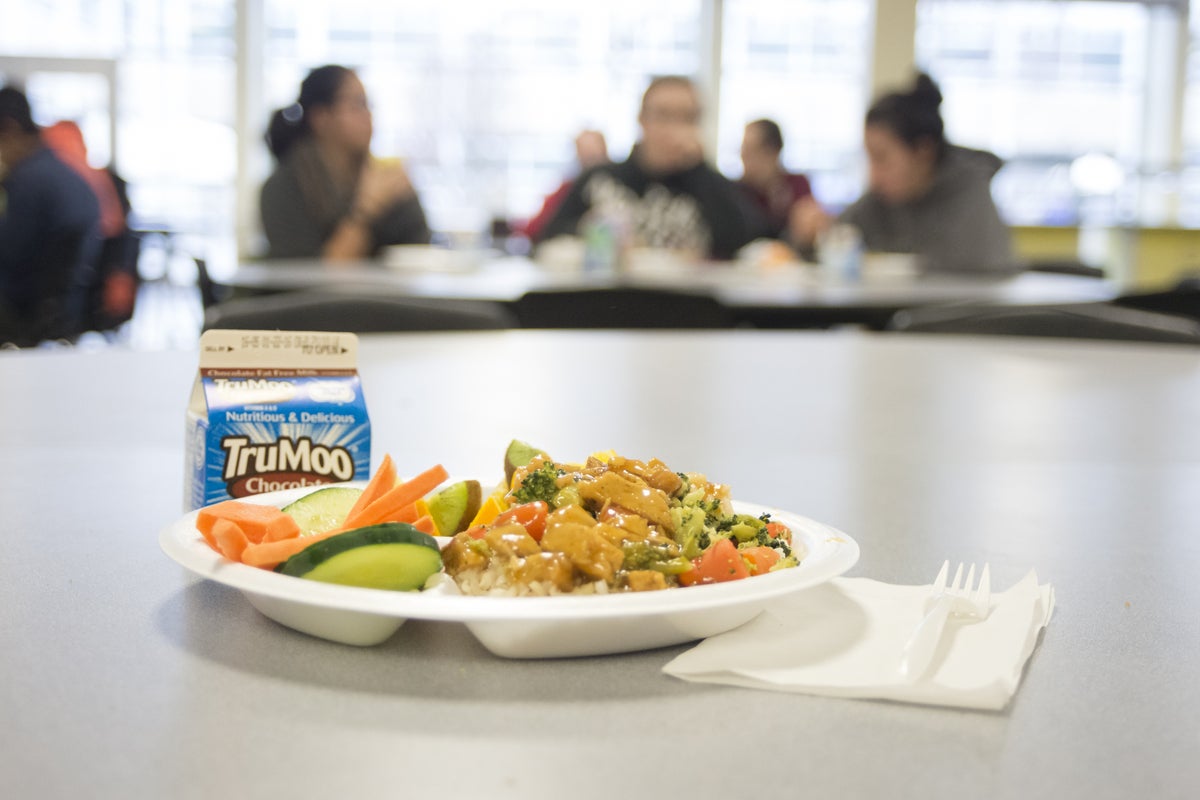
Until the recent COVID-19 pandemic, one in seven U.S. children lived in a home with limited access to nutritious food, and now that number is higher than one in four children. Several federally-funded child nutrition programs consistently support tens of millions American children each year by providing healthy meals at school.

According to a comprehensive review co-authored by Boise State research professor Lindsey Turner, those programs have substantial benefits for students. The review is timely, as Congress currently is discussing reauthorizing these programs, and the closure of schools nationally this spring has drawn extra attention to the importance of school meals.
The article, “Impact of The Community Eligibility Provision of the Healthy, Hunger-Free Kids Act on Student Nutrition, Behavior, and Academic Outcomes,” was published Friday, June 26, in the American Journal of Public Health. It was led by Amelie Hecht and co-authored by Keshia Pollack Porter, both at the Johns Hopkins School of Public Health.
The Community Eligibility Provision (CEP) is part of the Healthy, Hunger-Free Kids Act, which in 2010 re-authorized federal funding for school meal programs. The Community Eligibility Provision was designed to address the “hunger-free” aims of the law, by allowing high-poverty schools to offer universal free breakfast and lunch to all their students.
The research team’s review highlights emerging evidence suggesting that universal free meals programs positively impact a variety of student outcomes, including nutrition, behavior and academic performance. They also suggest policy approaches to increase use of the Community Eligibility Provision in eligible schools. The Community Eligibility Provision became available nationwide to eligible schools during the 2014-15 school year, but only 69 percent of eligible high-poverty schools have adopted it.
“With current economic challenges across the US, and rapid increases in food insecurity due to COVID-19, school-based child programs like this will be more important than ever,” said Turner, who has been conducting research on universal free meals and school nutrition for more than a decade.Lindsey Turner
As of February 2020, nearly half of all U.S. public school children were eligible for free or reduced-price meals, and having reliable access to food is more critical than ever as the nation weathers the COVID-19 pandemic. Recent research by University of Oregon shows that losing access to free school meals has been the top stressor for families over the past few months. Programs like universal free meals can help to address those challenges for families when school resumes.
A COVID-19 related fact sheet designed by Turner and her collaborators explains that the Community Eligibility Provision benefits students, schools and communities by feeding more students and reducing the stigma associated with free and reduced-price meals, while improving academic performance and morale, and reducing stress for parents.
– By Cienna Madrid